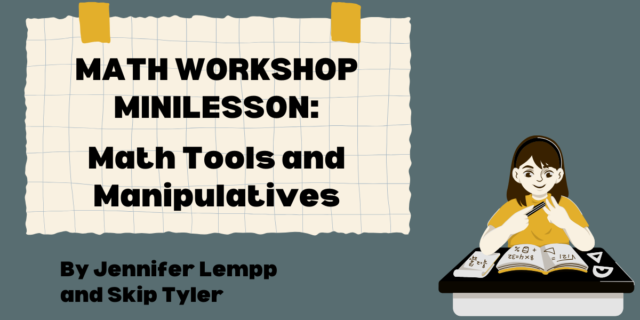
As authors Lindsey Moses and Meridith Ogden point out in their book “What are the Rest of my Kids Doing?” Fostering Independence in the K—2 Reading Workshop, there are a variety of ways to discuss the stages of literacy development. Fountas and Pinnell (2011) developed a continuum of literacy learning with corresponding leveled text. Others use Lexile levels, Developmental Reading Assessment (DRA) levels, Dynamic Indicators of Basic Early Literacy Skills (DIBELS) scores, grade-level expectations, or various norm-referenced assessments. Although Moses and Ogden assess reading performance of young learners using these tools, they note that a more general understanding of literacy progression helps to inform decisions made about developmentally appropriate practice. The National Association of the Education of Young Children (NAEYC) and International Reading Association (IRA) identify phases in a continuum of early reading and writing (1998).
Moses and Ogden note that, IRA and NAEYC recommend effective reading instruction for kindergarten and primary grades that includes but is not limited to the following:
- reading meaningful and engaging stories and informational text daily
- giving students opportunities to independently read meaningful and engaging stories and informational text daily
- providing balanced literacy instruction that includes decoding and meaningful reading instruction
- establishing opportunities for small groups that provide focused instruction and collaboration with other students
- teaching a curriculum that is intellectually engaging and challenging to expand children’s knowledge of the world and develop vocabulary
Below the authors offer instructional suggestions as the beginning steps in creating an environment that fosters independence among young learners in the reading workshop.
|
Children can . . .
|
| Phase 2 (kindergarten) |
|
| Phase 3 (first grade) |
|
| Phase 4 (second grade) |
|
The above table shows an adaptation of expected reading development for children in the primary grades (phases 2, 3, and 4) from the IRA and NAEYC (1998, 15–16).
♦ ♦ ♦
You can learn more about "What Are The Rest of My Kids Doing?" here.
♦ ♦ ♦



